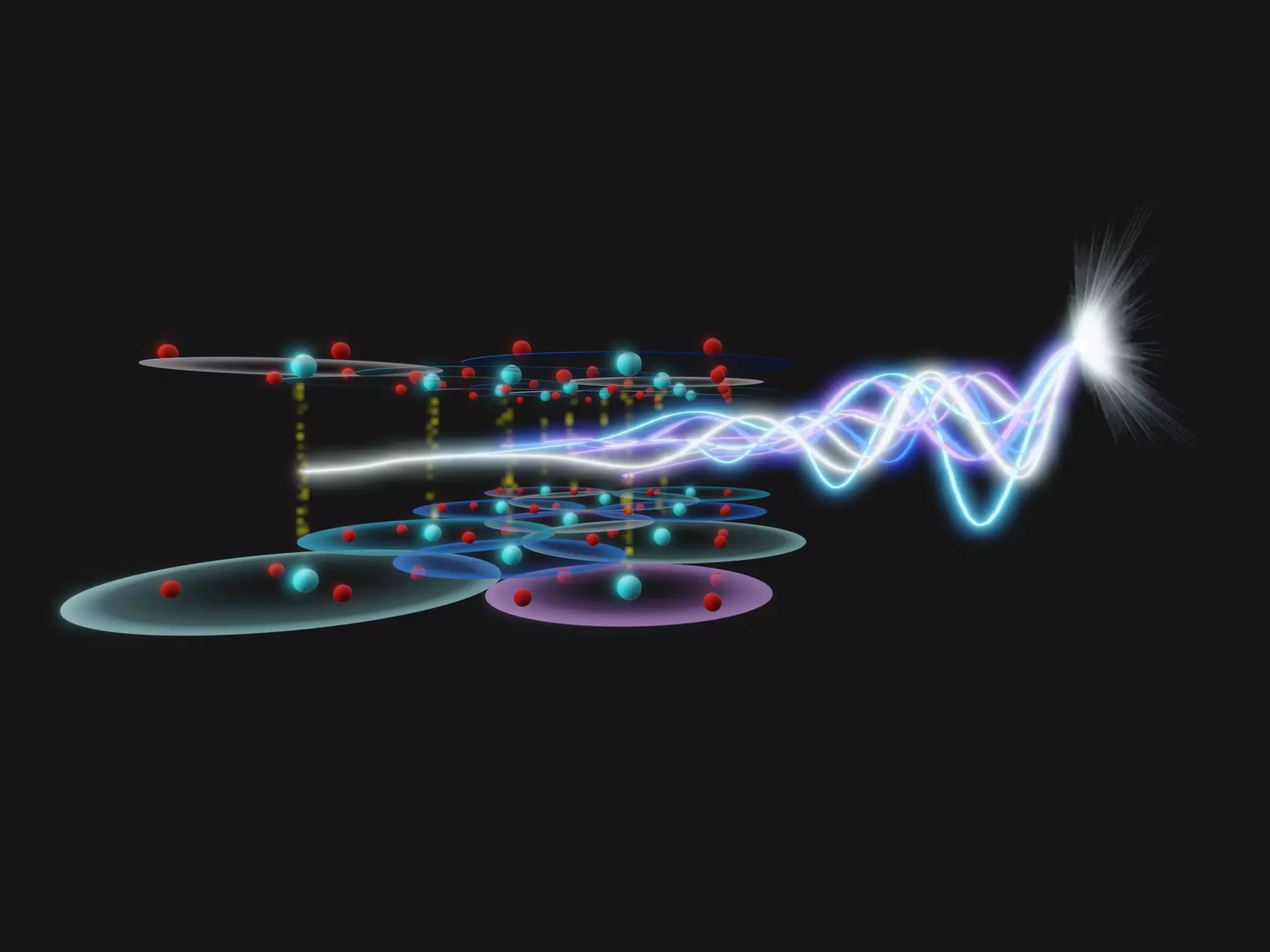Recent advances from a collaborative research effort between the Max Planck Institute for the Structure and Dynamics of Matter (MPSD) in Hamburg, Germany, and Brookhaven National Laboratory in the United States have unveiled transformative methods to investigate disorder in superconductors. Utilizing terahertz pulses of light, the researchers have pioneered approaches to monitor the evolving disorder in superconducting materials, particularly around their critical transition temperature. This significant study, which has been published in the reputable journal Nature Physics, marks a notable progression in the field of condensed matter physics.
Disorder plays a crucial role in the behavior of superconductors, yet probing its effects has historically presented formidable challenges for researchers. The properties of high-temperature superconductors, such as the well-studied cuprate family, are intricately linked to their chemical compositions. Variations resulting from doping not only induce disorder but also complicate the understanding of how these changes impact superconducting properties. Traditional measurement techniques, particularly those reliant on scanning tunneling microscopy, have been limited by the extremely low temperatures required for their operation, inhibiting direct observations near the superconducting transition. Consequently, many fundamental questions about the intricate relationship between disorder and superconductivity have remained unanswered.
In an effort to overcome these limitations, the MPSD researchers drew inspiration from existing multi-dimensional spectroscopy techniques that were initially developed in the field of nuclear magnetic resonance. By extending these methods into the terahertz frequency range, where collective solid modes become resonant, the team adapted the approach to study the cuprate superconductor La1.83Sr0.17CuO4. Significantly, they implemented a groundbreaking angle-resolved two-dimensional terahertz spectroscopy (2DTS) in a non-collinear geometry, allowing them to investigate specific nonlinear responses in the emitted terahertz radiation.
Through this innovation, the researchers could observe phenomena they termed “Josephson echoes,” which indicated that superconducting transport is revived upon excitation with terahertz pulses. Such observations were pivotal, suggesting that the disorder affecting superconducting transport was markedly lower than what had been previously calculated using more localized techniques.
Perhaps one of the most intriguing findings from this study is the stability of disorder in the cuprate superconductor as they approached the critical transition temperature. With the angle-resolved 2DTS technique, researchers were able to measure disorder levels that persisted up to 70% of the transition temperature, which is a revelation that could reshape existing understandings of superconductivity. Traditionally, researchers could only speculate about the behavior of disorder in the superconducting state due to the constraints of previous experimental techniques.
This discovery not only enhances the understanding of cuprate superconductors, but it also establishes a framework for future research into other superconducting materials and possibly even other quantum systems.
The implications of this groundbreaking research extend far beyond cuprate superconductors. The versatility of the angle-resolved 2DTS technique allows for its application in various materials, which can furnish invaluable insights into the role of disorder across a broad spectrum of quantum phenomena. Moreover, the ultrafast nature of the 2DTS methodology ensures that it is well-suited for probing transient states of matter that have previously evaded conventional approaches.
As researchers delve deeper into these newly unveiled methods, it is likely that they will uncover further complexities and interconnections between disorder and superconductivity, thus enriching the broader landscape of condensed matter physics. The findings from this study not only promise a leap in understanding about high-temperature superconductors but also lay a foundation for potential technological advancements tied to superconductivity and quantum materials.
This innovative approach heralds a new era in superconductivity research, equipping scientists with the tools necessary to peer into the well-guarded secrets of disorder and its intricate dance with quantum phenomena.

